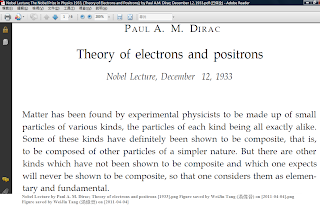Source: scientific paper (科學論文)
Antioxidant macromolecules in the epithelial lining fluid of the normal human lower respiratory tract (下呼吸道). [1990](IR92).pdf
Like cells in other organs, the parenchymal cells of the lower respiratory tract (下呼吸道) are able to suppress the intracellular burden of oxidants with an array of intracellular antioxidants that include the superoxide dismutases (12), catalase (13), and the glutathione system (14). However, because of the unique situation of the alveolar structures with their potential exposures to a large oxidant burden in the extracellular milieu, we have considered the possibility that there may also be antioxidant defense mechanisms that would serve as a first line of defense against oxidants outside of the parenchymal cells.
To evaluate this concept, we tested the epithelial lining fluid (ELF) of the human lower respiratory tract (下呼吸道) for its ability to provide antioxidant protection to lung parenchymal cells from oxidants formed outside of the cells.
...
Parenchymal cells of the lower respiratory tract (下呼吸道) are potentially exposed to toxic oxidants in the extracellular milieu.
...
Enzymes involved in the glutathione system, including the enzymes glutathione peroxidase and reductase, are also present in normal ELF. This is of interest in view of the high concentrations of GSH in ELF (57), suggesting that this glutathione system may play a role in the protection of the lower respiratory tract (下呼吸道) against toxic peroxides present in the extracellular milieu. However, the problems in concentrating glutathione, a low molecular weight species that is rapidly oxidized when removed from tissues (58) render this hypothesis difficult to verify. Nevertheless, since catalase is most efficient in scavenging high concentrations of H202, and the glutathione system functions efficiently at low H202 concentrations or with other peroxides (59), the two antioxidant systems would be complimentary.
The major extracellular antioxidant macromolecule in serum is ceruloplasmin (60), a 1 34-kD copper containing glycoprotein that catalyzes the oxidation of iron from Fe2+ to Fe3+, thus preventing iron from reacting with H202 to generate the toxic hydroxyl radical.
2011年4月29日 星期五
Antioxidant macromolecules in the epithelial lining fluid of the normal human lower respiratory tract (下呼吸道). [1990](IR92)
2011年4月4日 星期一
Nobel Lecture by Paul A. M. Dirac; Theory of electrons and positrons [1933]
Nobel Lecture; The Nobel Prize in Physics 1933, {Theory of Electrons and Positrons}; by Paul A.M. Dirac; December 12, 1933
From our theoretical picture, we should expect an ordinary electron, with positive energy, to be able to drop into a hole and fill up this hole, the energy being liberated in the form of electromagnetic radiation. This would mean a process in which an electron and a positron annihilate one another. The converse process, namely the creation of an electron and a positron from electromagnetic radiation, should also be able to take place. Such processes appear to have been found experimentally, and are at present being more closely investigated by experimenters.
Nobel Lecture by Paul A. M. Dirac; Theory of electrons and positrons [1933].png




